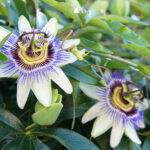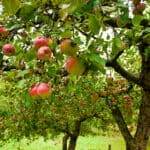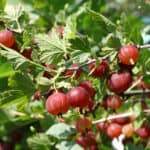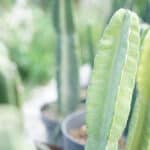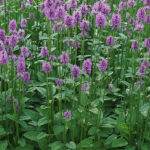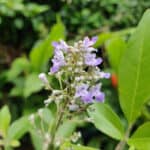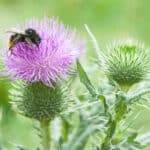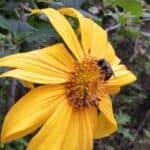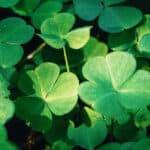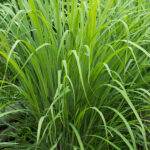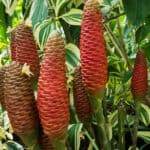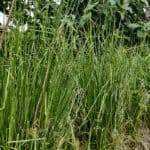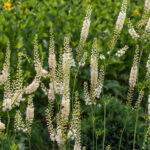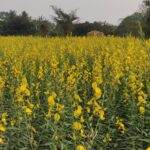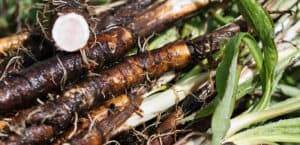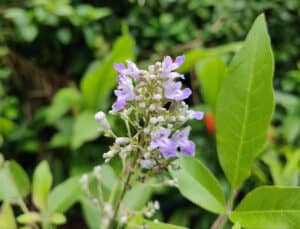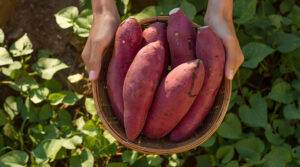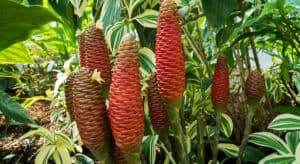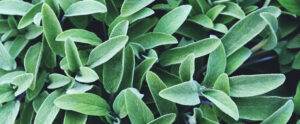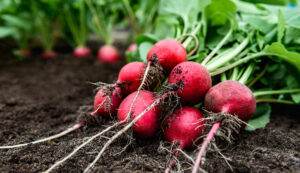Plant Overview
Lonesome Mullein in the prairie side, blowing in the wind. The last warrior standing on the barren, dry mountain slope. A deep tap root will anchor Verbascum thapsus to its land and give it more than a strong foothold. This biannual will tolerate even the harshest conditions.
Its tough nature is told in the way the seeds germinate; they need open land, land free of competition, one of the only biomes which offer these prerequisites are the wastelands of the arid slopes and hills too dry to accommodate anything else. The seeds need light to germinate and won’t if there is too much weed competition. Mullein will readily propagate in disturbed sites and vacant lots as well.
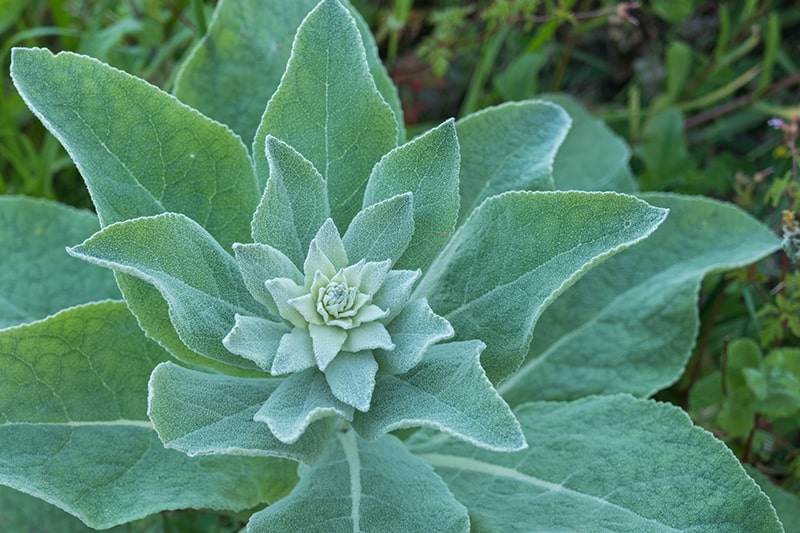
Historically people across the globe have found out that this gorgeous biannual has a countless array of uses and applications. Throughout the ages, people have used Mullein for its medicinal value. For example, the natives of the land now called North America would use it for insulation to wrap their extremities, since its thick, fluffy leaves retain heat.
The superstitious old-world explorers would do the same but in an effort to ward off evil spirits. Read on for more in-depth information on mullein’s magical medicinal properties a bit later on in the article.
Propagation & Planting
Since it is a biannual, we cant use cuttings or root division to my knowledge. Fear not, Verbascum thapsus seeds sprout within 14 days when covered very lightly under the fluffy soil. Keeping the soil moist but not drenched is important.
Put the starters on the windowsill in early spring or in a sunny part of the garden, as seeds will need light to germinate. Within two weeks, you will have some sweet babies to tend to who like sandy yet nutritious soil.
After the infant age of about 6 weeks, Mullein will establish itself and won’t require much attention. They are one of the hardiest plants I have ever grown and tolerate a lot of neglect, although they don’t deserve it.
Growth and Care
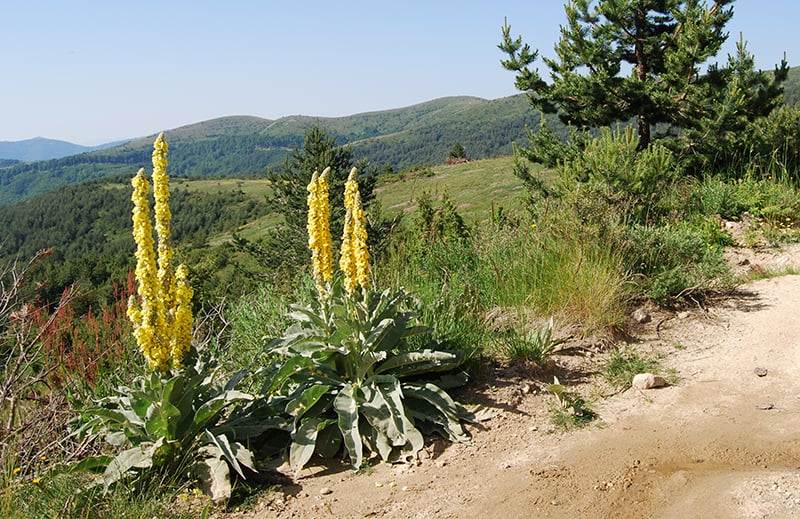
A native to Europe and Eurasia, it has been neutralized in the Americas and even a few volcanic islands throughout Hawaii. Once established, this beautiful biannual forms a rosette of leaves about 4 feet in diameter and absorbs all the light and water it can as it sets down roots the first year.
In the second year it will shoot up a magnificent flowering stalk at a length of 6 to 7 feet, sometimes shorter, sometimes a bit taller. This flowering beauty will then commence flowering in a random non-uniform sequence.
I have noticed that these wild members of the plant kingdom like a little higher pH. I throw in some rocks around the base so, over time, the rocks can leech out minerals and keep the pH high. Verbascum thapsus is really a hassle-free plant. It mulches itself, so you don’t have to worry about weed competition once established.
Also, the way the rosette is designed makes a fantastic funnel for rain catchment, it concentrates all the rainfall which falls upon the leaves to travel inwards toward the base and, ultimately, the roots.
Harvesting Mullein
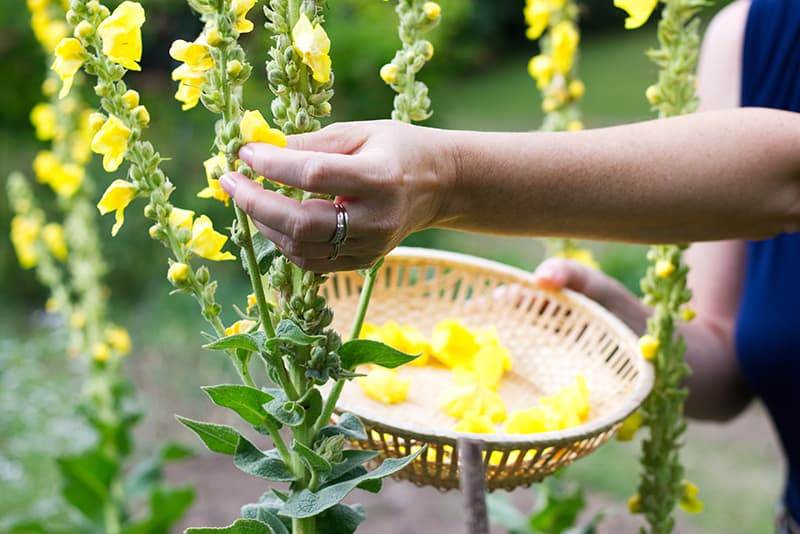
As always, never harvest more than a third of the leaf supply at any given time. Before harvesting again, allow the plant to recover. Generally, it is accepted that mullein leaves should be harvested during the first year while the rosette is dense and full.
This is considered a standard because in the second year when the flowering stalk shoots up, all the plant sap and medicinal compounds are spent and used to go into flower production. With that said, harvest young leaves from first-year plants which aren’t too big and from midribs that aren’t too woody. The softer and more tender the leaves, the better.
In the second year, harvest the yellow flowers. Come back every few days to check for new flowers which have opened up. Don’t forget to leave 2/3rds for wildlife and seed production.
Processing & Utilizing Mullein
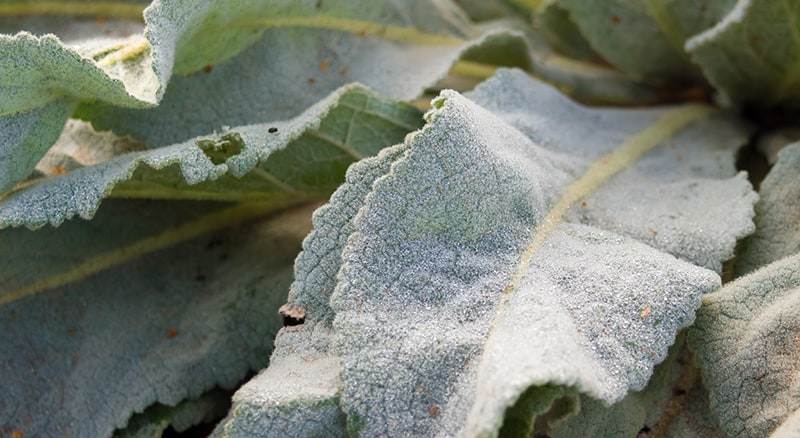
After harvesting the elliptical to oval fuzzy leaves, you may tear the soft tissue apart from the woody midrib. Toss the midrib in the compost while the soft fleshy leaves you may dry in the shade. The flowers also should be dried without any thermal help, to retain the full extent of medicinal compounds.
Once dried, tea from mullein leaves will soothe inflamed lungs, irritated throat, dry cough, shortness of breath from smoking too much, and bronchitis. It is a mucus expectorant, but make sure you strain well because those tiny little hairs can irritate the throat.
You can soak the flowers for 2 weeks in good quality olive oil. This oil is absolutely the best remedy for ear infections.
Natives have used this medicinal herb to clear throats and mucus membranes by smoking the dried and crushed leaves. While some may not want to smoke anything, you may use it as a smudge to inhale and benefit from all of its great decongestant properties.
Another great use is, you may use the whole leaf as is while still fresh as a compress for rashes and dermatitis. As the European settlers spread across the lands of the new world, they lacked essentials, and Verbascum thapsus became a great toilet paper substitute. Mullein is a priceless plant for trekkers and mountaineers across the globe for the same reason.
Conclusion
I do prefer wilder plants to the more domesticated ones. This one really does it for me. I love how hardy and, at the same time, medicinal Verbascum thapsus is. A hassle-free plant which requires little to no attention yet offers such great benefits as its antimicrobial, antiviral, antispasmodic, analgesic attributes.
It is almost as if it is begging to be cultivated, telling us, “Listen here, I don’t need much, tend to me from time to time, not even that often really, spread my seed, and I’ll take care of you and your whole family. Heck, if you tend to my family and me, we will tend to your whole community’s well-being.”

